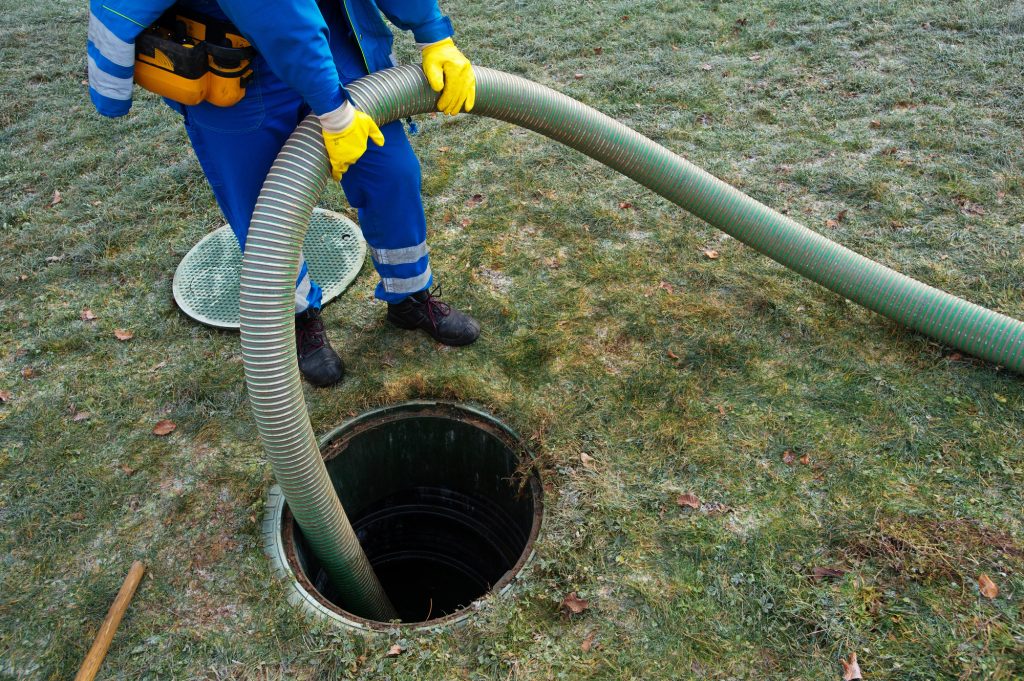Commercial Septic Pumping: A Complete Guide
More than 1 in every 5 American households use a septic system for treating their wastewater.
But residential buildings aren’t the only buildings that rely on septic systems. Any multiple dwelling or non-residential establishment that has the capacity for serving more than 20 people per day should be operating on a commercial septic system.
If you have a property that uses one of these larger systems, you should understand how it works. And part of knowing how it works is knowing why and when you should have it pumped.
Don’t wait until you have a broken tank or backed up drain field. Learn more about septic pumping by reading below.
Who Needs a Commercial Septic System?
A septic system is basically a wastewater treatment system that works onsite residential and commercial properties. It acts as an alternative to being on the public sewer system.
You might be running on a septic system if there’s no public sewer in your area. This might be the case if you’re located outside of a densely populated urban area or in a rural setting.
But some commercial properties are required to be on septic systems. These typically include:
- Restaurants and stores
- Hotels
- Offices
- Manufacturing sites
- Laundromats
- Apartment complexes
Most public systems can’t accommodate the higher flow of wastewater coming from these commercial businesses and properties. Not only do they require large septic tanks, but they also need specialized cleaners and other maintenance and equipment.
How a Commercial Septic System Works
A facility with a septic system has the same internal plumbing as a facility that runs off the public sewer. However, that plumbing connects to a septic tank that’s located outside of the facility and underground.
When wastewater leaves the facility and reaches the septic tank, the solids settle at the bottom. Solid waste gets trapped at the bottom of the tank where it’s treated with bacteria. The liquid waste floats and, as the level rises, it leaves the tank through the outlet line.
This line sends the liquid to a leaching or drain field. In this field, the liquid waste is filtered and treated. The treated liquid waste is called effluent and this flows into the groundwater.
Why Do You Need Septic Pumping?
Septic tanks for commercial businesses and properties require pumping and cleaning far more often than smaller residential tanks. That’s because solid waste builds up more quickly and because the amount of effluent entering the groundwater is higher.
Without regular commercial septic pumping, the tank is more susceptible to breaking and the drain field is more susceptible to overuse. Not only is it costly to fix a broken septic tank, but an overused drain field can cause environmental contamination and have a big impact on local drinking water.
By regularly having a commercial tank pumped, business and commercial property owners extend the life of their septic system, save money on more costly repairs, and protect their local environment and community.
How Often Do You Need Septic Pumping?
There are three common problems that occur with septic pumping schedules.
- The tank isn’t pumped frequently enough. This can lead to costly repairs to the tank and failure of a drain field.
- The tank is pumped more frequently than needed. This means you’re spending more money than you should be on maintenance.
- The tank is pumped to fix a clog or failed drain field. If your tank is clogged or the drain field has failed, pumping is not going to fix the problem.
So, how often do you need to pump your commercial tank? That all depends on the capacity of the system, how much it’s used, and the age of the system.
As a general rule of thumb, commercial septic systems need to be pumped and maintained often. They deal with large amounts of sewage and have a greater impact on the facility and the environment when they fail.
If your facility occasionally has surges where your washrooms or plumbing fixtures see more use then you need to plan for things like that, too. A surge in usage can easily overwhelm your system, flood the drain field, or push solid waste out of the tank.
If you know a surge is coming, then you should pump the tank before that happens to make sure there is plenty of room to handle what’s coming down the lines, so to speak.
Commercial Septic Pumping Costs
There are a few items that will impact how much you pay to have your septic system pumped. These variations depend on:
- the type of tank
- the size of your tank
- the amount of waste and wastewater that your system treats
- the conditions of the ground in your drain field
You might help lower the cost of commercial septic pumping by ensuring that the access port of the tank is readily accessible. You might also consider saving a diagram of your system to make it easy to locate parts.
Another way to reduce the cost is to influence the amount of wastewater that your system treats. You can do this by updating your bathrooms and fixtures to water-efficient models. You might also consider educating the occupants or people who use your system regarding water management.
More Business Tips for You to Share
As if managing a business or commercial property wasn’t enough work, you also have to consider things like septic pumping. And septic maintenance is no small potatoes, either.
It’s incredibly important to stay on top of your septic system maintenance. Otherwise, you run the risk of expensive repair costs, or flooding the drain field with waste and causing environmental damage or damage to local drinking water.
For more business tips you didn’t know you needed to know, be sure to check out our blog.

